R.B.B.&B
Posted By thecircusblog on February 2, 2013
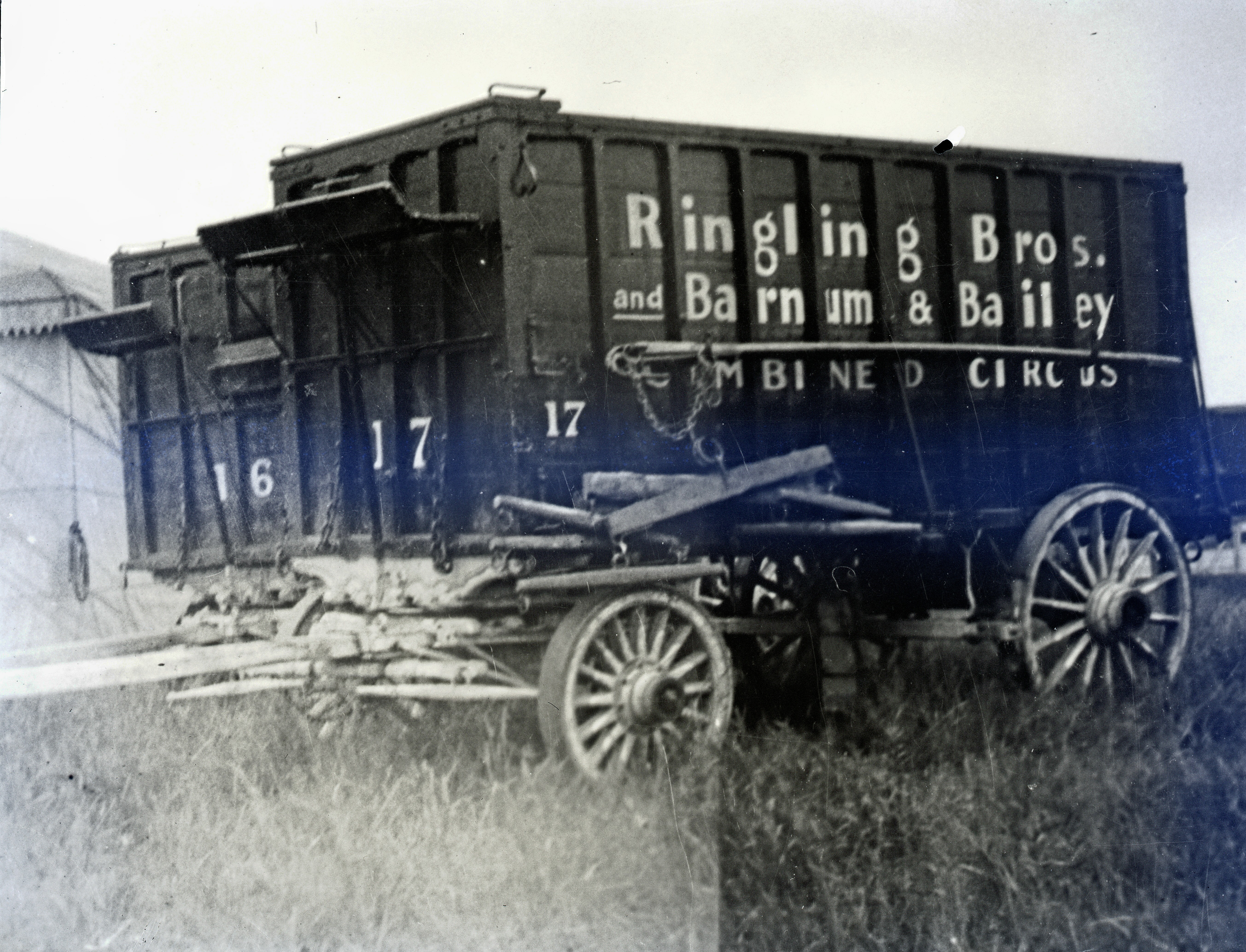 Both wagons 16 and 17 are cargo wagons. Photo taken in 1932.
Both wagons 16 and 17 are cargo wagons. Photo taken in 1932.
Posted By thecircusblog on February 2, 2013
 Both wagons 16 and 17 are cargo wagons. Photo taken in 1932.
Both wagons 16 and 17 are cargo wagons. Photo taken in 1932.
Posted By thecircusblog on February 2, 2013
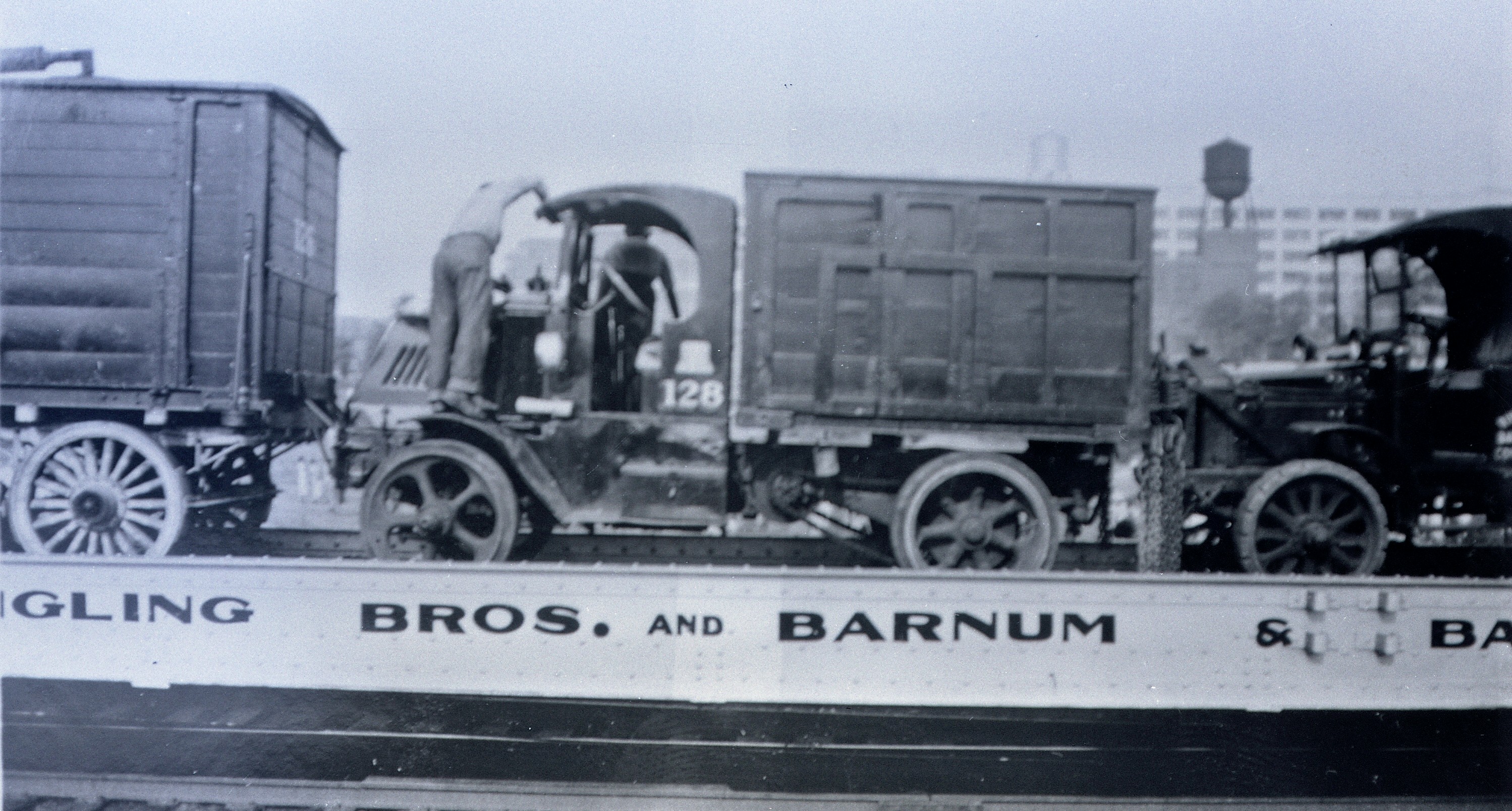 Before unloading the trucks are tested to make sure that they will start. Sometimes they were primed with gas to start and warm up. On a long trip the fuel could evaporate. 1932.
Before unloading the trucks are tested to make sure that they will start. Sometimes they were primed with gas to start and warm up. On a long trip the fuel could evaporate. 1932.
Great info on these two trucks. Thanks Bob for researching out the information with Steve Flint. A great comment.
Posted By thecircusblog on February 2, 2013
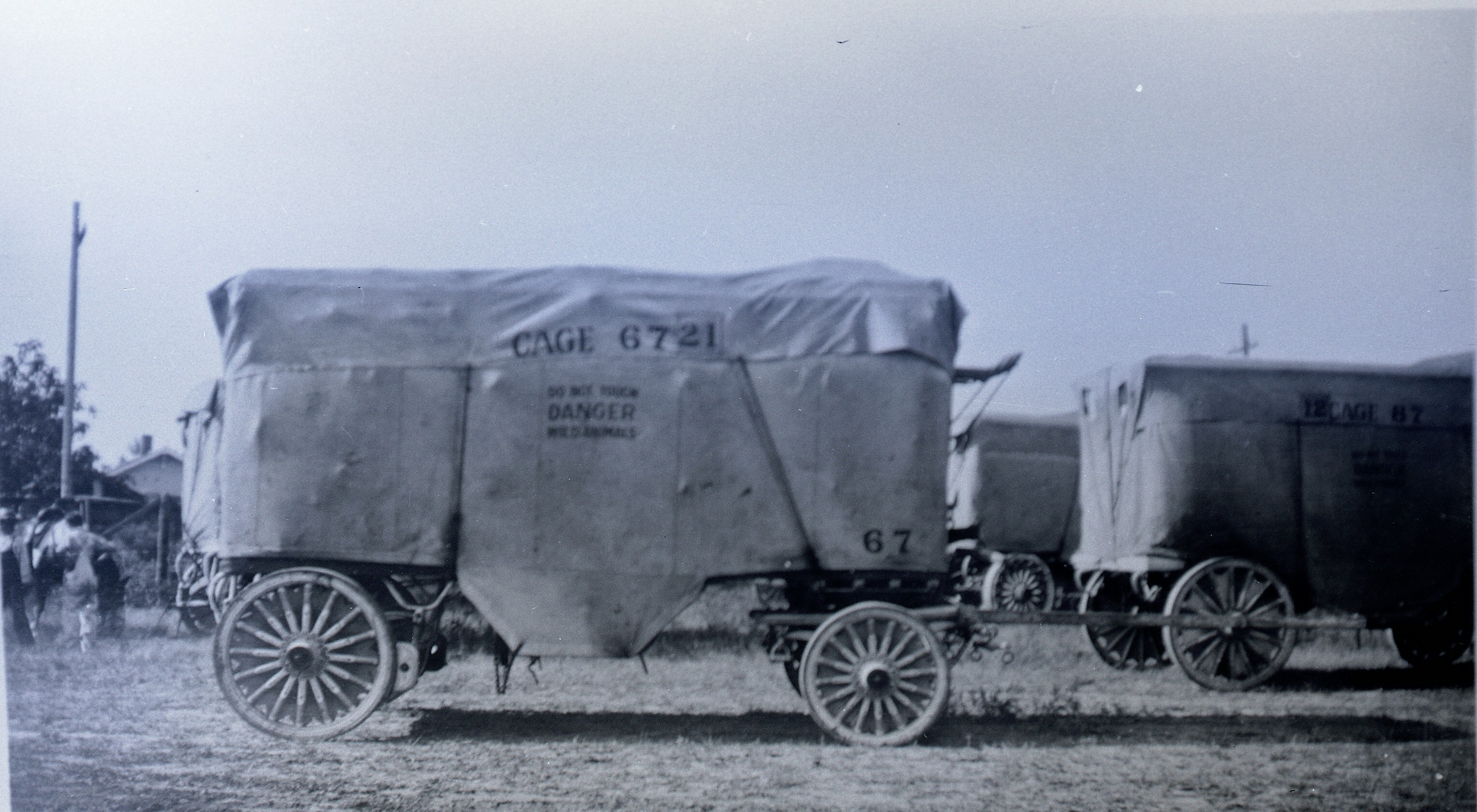 Wintering the show’s wagons after repair and painting. Then they were neatly tucked away in canvas covers. 1932.
Wintering the show’s wagons after repair and painting. Then they were neatly tucked away in canvas covers. 1932.
Posted By thecircusblog on February 2, 2013
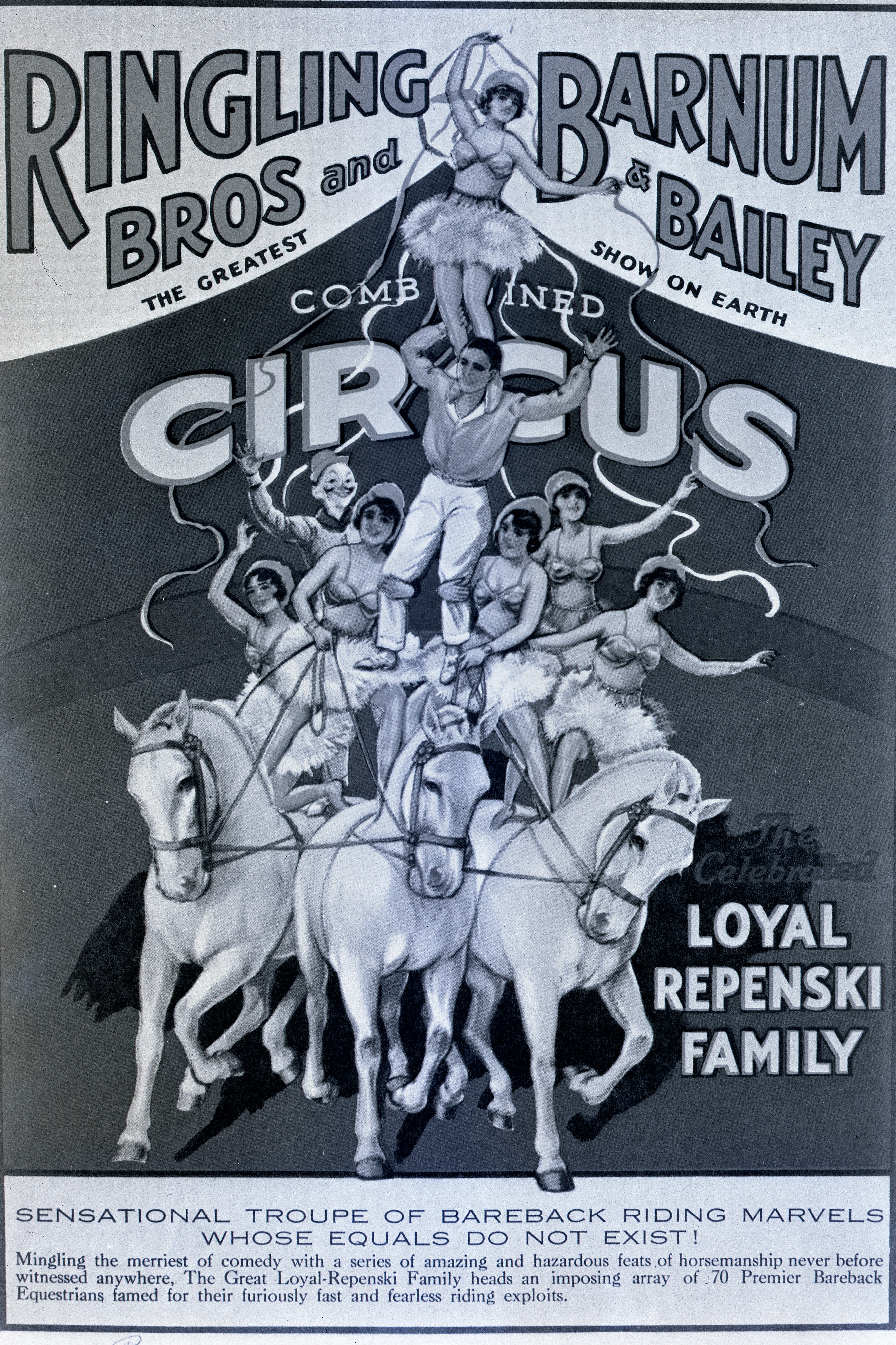 Repenski family billing poster…..quite the honor for an act to have top billing. 1934.
Repenski family billing poster…..quite the honor for an act to have top billing. 1934.
Posted By thecircusblog on February 2, 2013
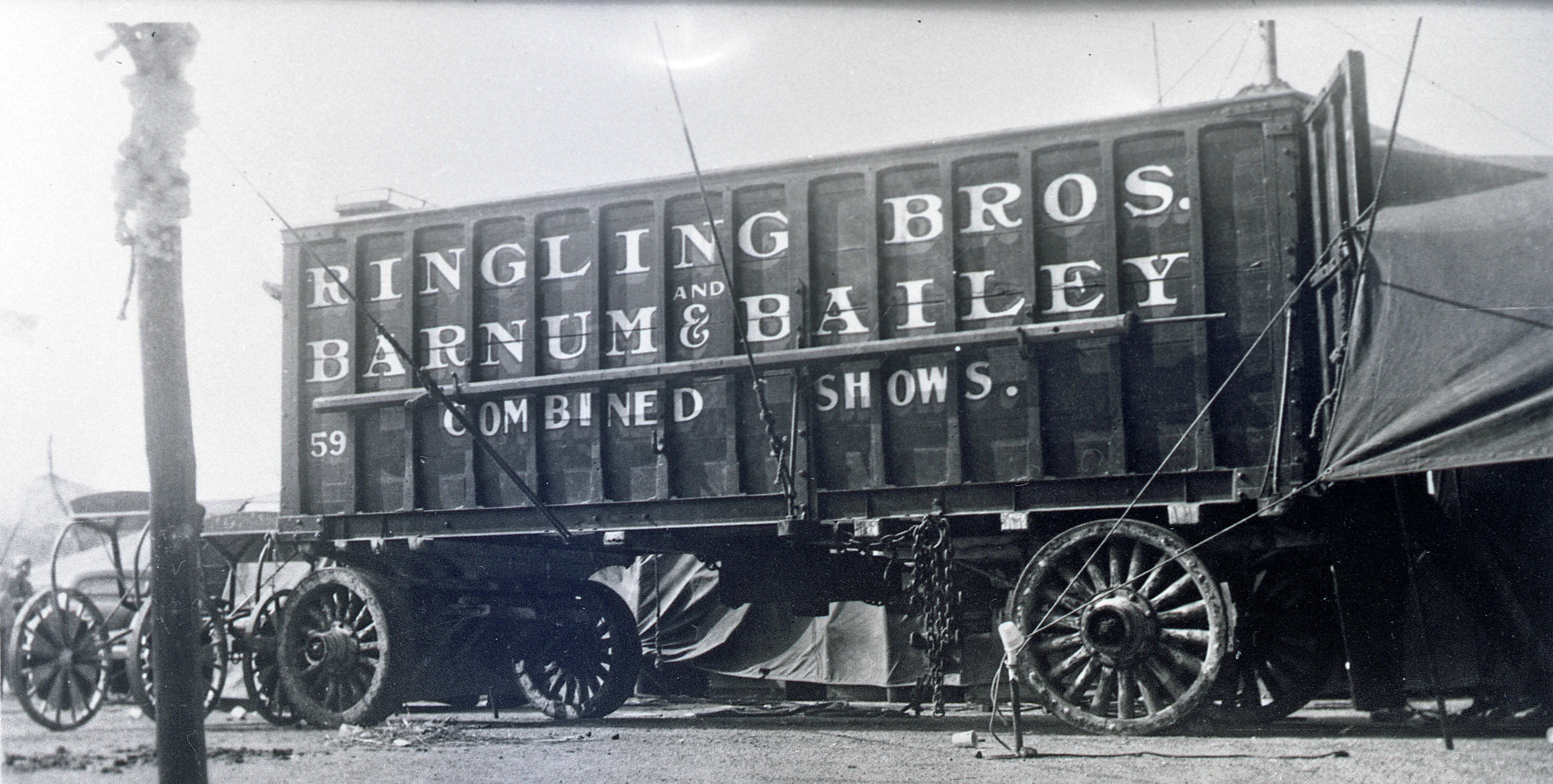 Baggage and cargo wagon 1935. I find it interesting that the back of the wagon is canvased in. It may have been backed up to the wardrobe tent. They were protecting something.
Baggage and cargo wagon 1935. I find it interesting that the back of the wagon is canvased in. It may have been backed up to the wardrobe tent. They were protecting something.
Posted By thecircusblog on January 27, 2013
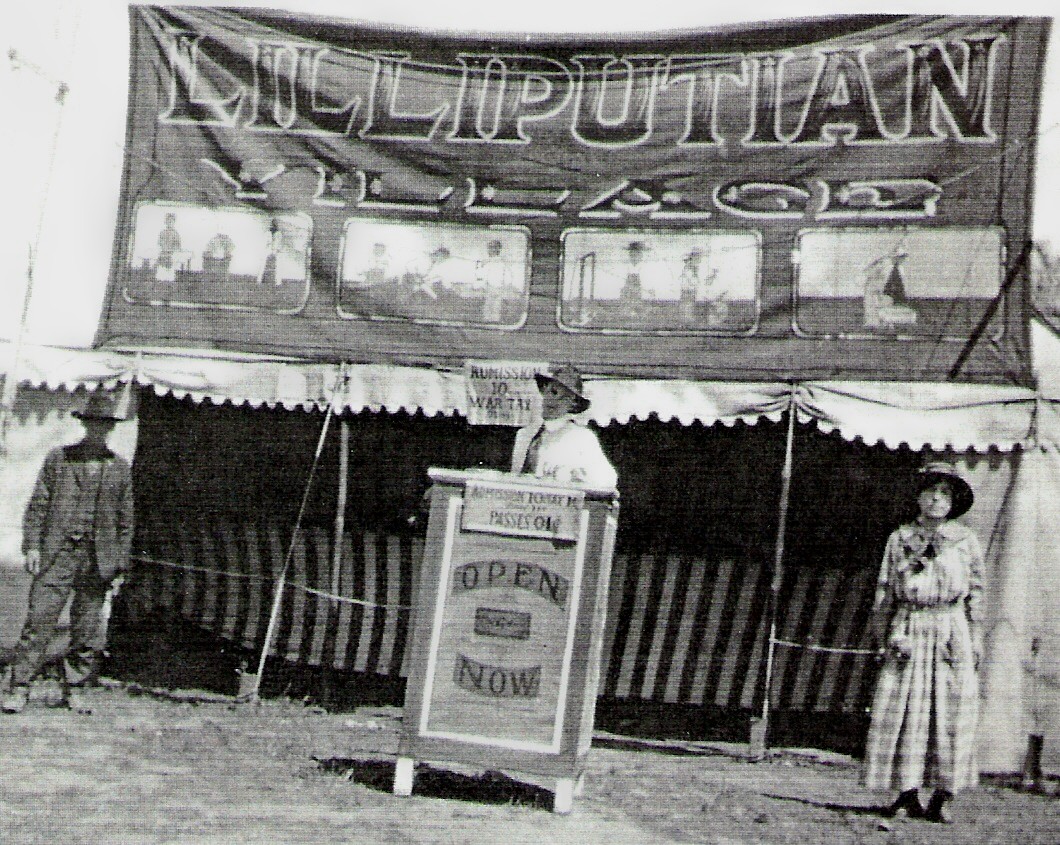 This was a midway grind show. It was composed of 6 inch mechanical people that performed simple tricks. Each worked off cables and gears and it was most amazing in it’s time… 1914. In the ticket box Walter Estes, on the left Auto Durkee and his wife on right Molly Durkee. These folks are all related to Billie Henderson Schuller and Peggy Henderson MacDonald. This kind of show was found on fairs, carnivals and circus midways. There were many different shows each presenting something new and odd. For instance… freak animal shows, mummy shows, pit shows consisting of snakes etc. and the list goes on. Find or build something different, then put up a two pole top and you have a show….that’s the definition of a grind show. You stay open till close. There is no beginning or ending of a performance. It is a continuous sale of tickets. In the back ground can be heard a constant bally of the odd and unusual that can be seen inside the tent. Hence the name GRIND, because it is a grind to work all day long.
This was a midway grind show. It was composed of 6 inch mechanical people that performed simple tricks. Each worked off cables and gears and it was most amazing in it’s time… 1914. In the ticket box Walter Estes, on the left Auto Durkee and his wife on right Molly Durkee. These folks are all related to Billie Henderson Schuller and Peggy Henderson MacDonald. This kind of show was found on fairs, carnivals and circus midways. There were many different shows each presenting something new and odd. For instance… freak animal shows, mummy shows, pit shows consisting of snakes etc. and the list goes on. Find or build something different, then put up a two pole top and you have a show….that’s the definition of a grind show. You stay open till close. There is no beginning or ending of a performance. It is a continuous sale of tickets. In the back ground can be heard a constant bally of the odd and unusual that can be seen inside the tent. Hence the name GRIND, because it is a grind to work all day long.
There is another type of grind show, it’s name is a “Ding Show”. T he Ding Show sells no tickets….. it works on donations. One person can operate this show. On the way into the show you pass through a bally curtain. Just before passing there is a ding box where you drop your coin. In the box there is a small bell that is placed so that when the coin is dropped in, it hit the bell making a dinging sound. Hence the name DING Show. Oh yes if the owner of the show that is sitting over in a corner of the tent does not hear a ding ………….. You are thrown out of the show quickly.
Thank you Billie for the great photos and letters.
Posted By thecircusblog on January 27, 2013
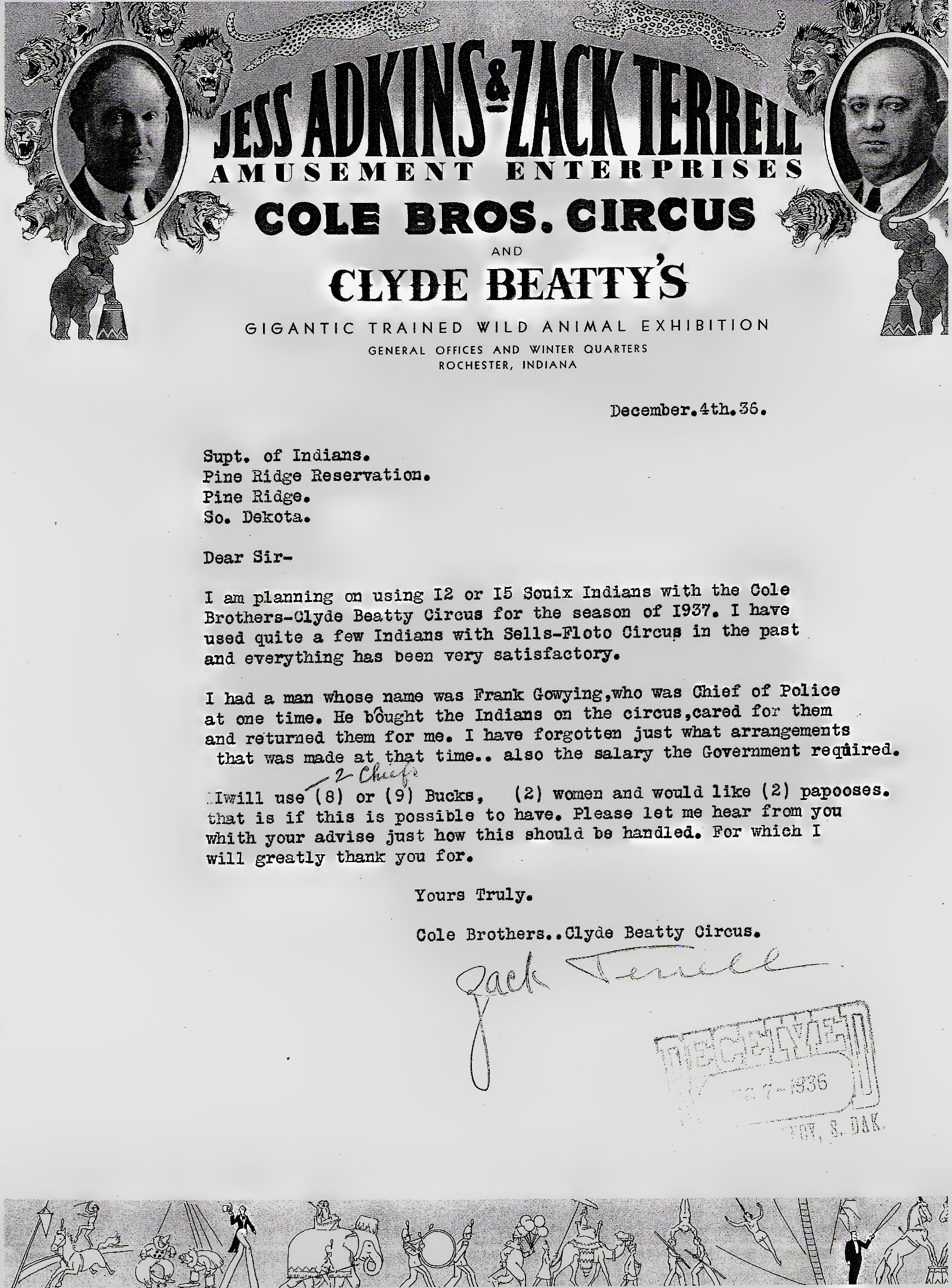 After reading this letter, I had to sit back in my chair and think about how I felt as mixed emotions of anger and disbelieve went through me. I was appalled at disrespect for our Native American brothers and sisters.
After reading this letter, I had to sit back in my chair and think about how I felt as mixed emotions of anger and disbelieve went through me. I was appalled at disrespect for our Native American brothers and sisters.
The native American played an important part in the Circus and Wild West Shows but never got the credit for their performances. Bill Cody and Tim McCoy were the exceptions. After Buffalo Bill’s Wild West Show proved to be a great success, other Wild West shows were created. There was a great hunger for this type of entertainment. Even the circuses presented an after show consisting of cowboys and Indians. If there were no Indians to be had, they would book a cowboy movie star for a personnel appearance.